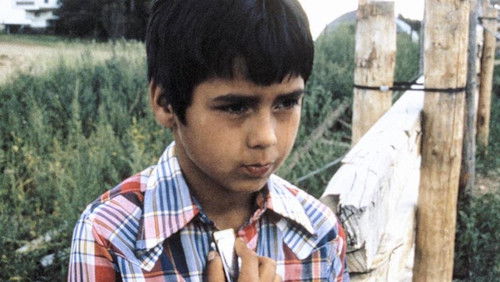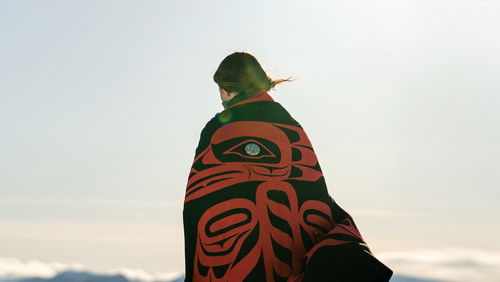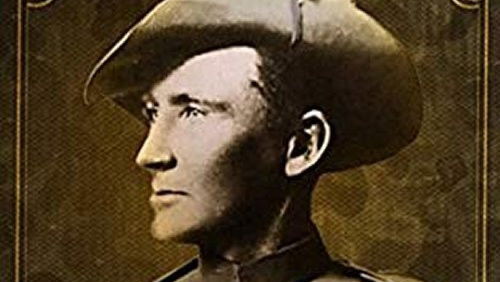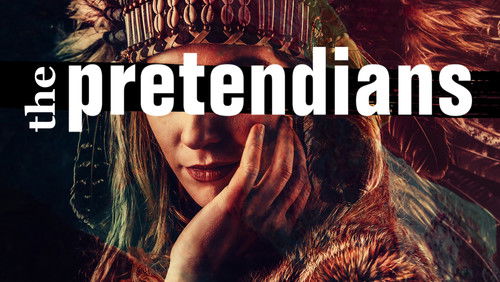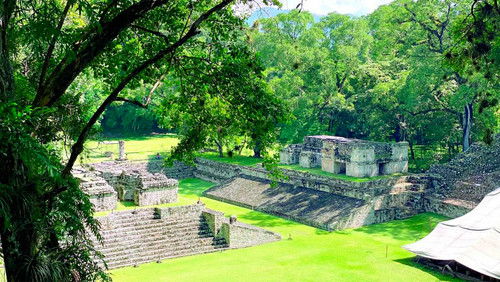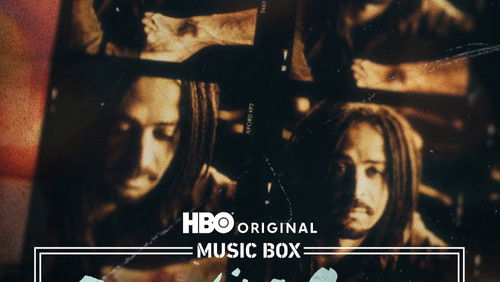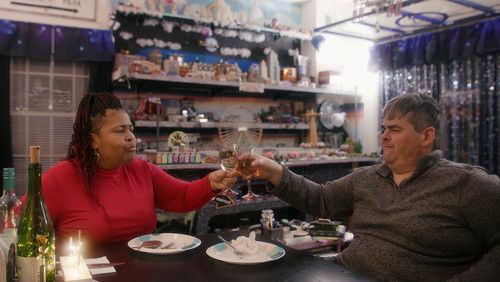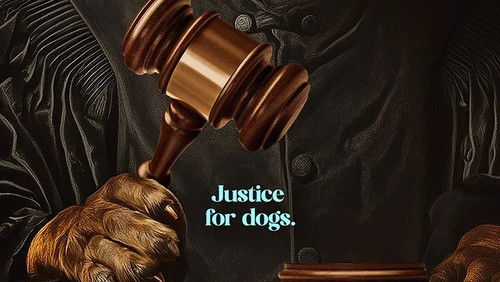Shoah (1985)
62KShoah: Directed by Claude Lanzmann. With Simon Srebnik, Michael Podchlebnik, Motke Zaïdl, Hanna Zaïdl. Claude Lanzmann’s epic documentary recounts the story of the Holocaust through interviews with witnesses – perpetrators as well as survivors.
“Shoah was not just an important film to make. It was a necessary one. It was directors Claude Lanzmannu0026#39;s intention to document all of the survivors experiences on film. With so many horrors in history being forgotten over the years he wanted to ensure that the holocaust would never be forgotten. Therefore he chose to film these testaments to ensure that all future generations would know of the horrors that transpired during World War 2 needlessly to an entire race of people. u003cbr/u003eu003cbr/u003eLanzmann made the decision not to recreate any of the horrors of the war through reenactments and not to use any existing pictures or articles relating to the holocaust. Instead he used only the testimonies of people who either lived through the holocaust, witnessed it and even some of the orchestrators. Neither was he interested in stating how or why it had begun either. There are already enough documents and documentaries about how that came about. He wanted to show how these people saw the horrors that transpired and show the many ruined lives resulting from it. u003cbr/u003eu003cbr/u003eThrough this then in many ways he created a far more brutal picture of the holocaust. Many of their descriptions create ones of true horror, with one Polish man who visited the ghetto stating that it was u0026quot;a place without humanityu0026quot;. His words alone create such a dreadful yet truthful image of the horrors that people had to go through under the holocaust, far worse than a recreation could have done.u003cbr/u003eu003cbr/u003eBut even more horrifying than this are the expressions of these people as they relive the horrors in their mind. Their expressions of pure despair tell a story that could not be told in any other way. Lanzmann used many long stretching takes as people relieve their stories with no dubbing and only subtitles used so the full emotion of these survivors can be witnessed. The film ensures that we see from their perspective. It makes us consider how we would feel if we had lived through such an event.u003cbr/u003eu003cbr/u003eAt times some of the interviewees will want to stop, due to be so horrified at reliving their terrible memories. But Lanzmannu0026#39;s style of questioning is very forceful, getting them to talk even if they donu0026#39;t want to. He sees great importance in ensuring that those who witnessed its horrors document their testimony. He gets them all to go in to every detail of what happened from the number of people there to whether they could get used to things like hearing the screams of people dying beside them. He wants us and all future generations to know the complete image of everything that happened to them.u003cbr/u003eu003cbr/u003eInstead of seeing pictures of the death camps or trains as they were, we instead see how these places are now. Sometimes it will be of the villages around the camps or even the camps themselves. But these camps have all been destroyed, with many of them being destroyed by Nazis before the end of the war. Itu0026#39;s strange to see how such normal places such as a field of grass is a grave for so many innocent people. If it werenu0026#39;t for our knowledge of what had happened in a place like this it would have been likely that you would never even know what had happened there.u003cbr/u003eu003cbr/u003eAnd this film tries to ensure that we never forget what happened there. Shoah confronts the issue of the holocaust and make sure these testaments are documented. Because we shouldnu0026#39;t look away. Villages around the death camps simply turned the other cheek and allowed the horrors to go on. So the film shows their perspectives so we know the true horror caused in those events. The only way to ensure that such a terrible history shall never repeat itself again, we must understand the horror that it was torturing the lives of so many people.”
